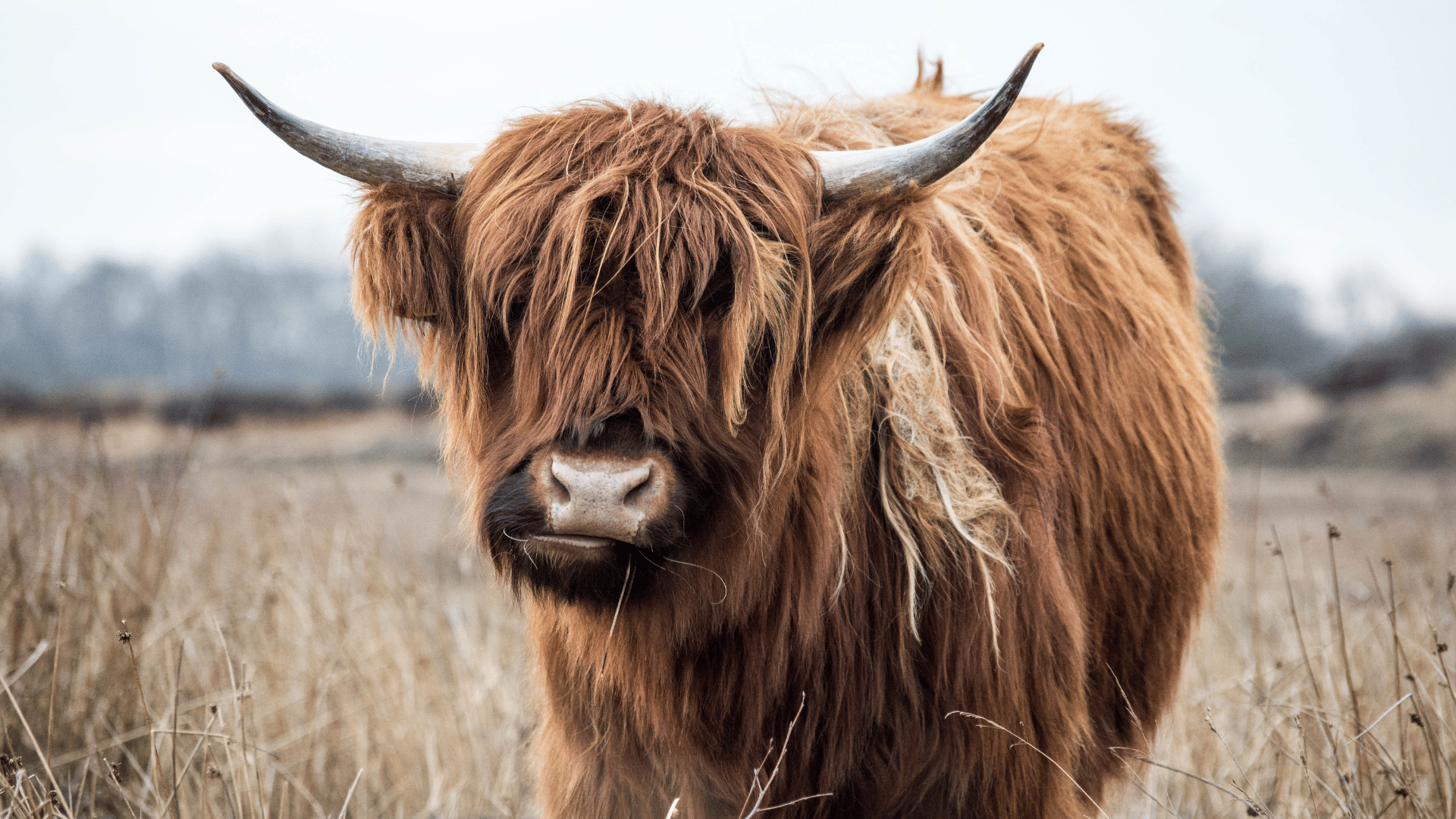
1888
A yak is a large, long-haired ox or hairy cattle, that lives in the Himalayas. The scientific name of the yak is Bos grunniens. Yaks live throughout the Himalayas of Nepal up to Mongolia. Yaks have larger hearts and lungs that allow them to thrive at higher altitudes where the air is thinner. Yaks have underdeveloped sweat glands and are prone to suffering from heat exhaustion at temps above 59 °F/ 15 °C. Yaks can endure temperatures as low as -4 °F/ -20 °C. Yaks also have hooves that are adapted to mountainous terrain and use their horns to look for food in the snow.
Yaks are used for their meat, milk, and wool, and as pack animals. The hair of the yak is very thick and can be used to make clothing, rope, and other items. Yak meat is similar to beef and can be used in many dishes.
Yaks have been domesticated for centuries by the Mongolians, Tibetans, and Nepalese. Today they are farmed in many countries around the world, including China and India. They are an important part of the local cultures and economies and also serve as a form of transportation in remote parts of the Himalayas.
The yak is often associated with strength, bravery, and good luck. In Tibetan culture, it is believed that yaks bring good luck and fortune. Yak festivals, featuring yak racing and other activities, are celebrated in parts of Tibet and Nepal.

1903 – 1906
Sources
Ayalew, W., Chu, M., Liang, C., Wu, X., & Yan, P. (2021). Adaptation Mechanisms of Yak (Bos grunniens) to High-Altitude Environmental Stress. Animals, 11(8), 2344. https://doi.org/10.3390/ani11082344
Yang X, Cui Y, Yue J, He H, Yu C, Liu P, Liu J, Ren X, Meng Y. The histological characteristics, age-related thickness change of skin, and expression of the HSPs in the skin during hair cycle in yak (Bos grunniens). PLoS One. 2017 May 2;12(5):e0176451. doi: 10.1371/journal.pone.0176451. PMID: 28463974; PMCID: PMC5413005.


